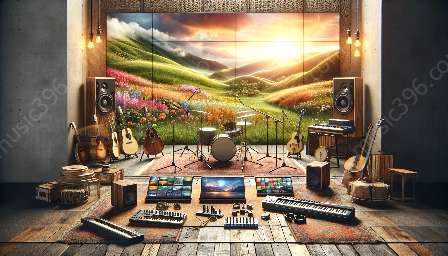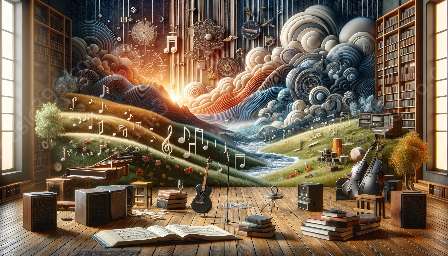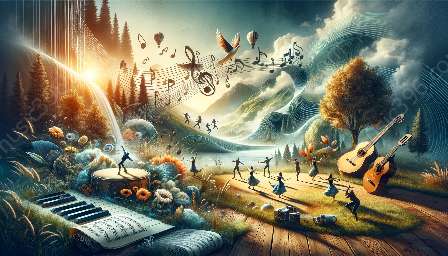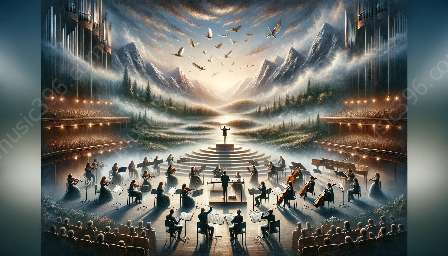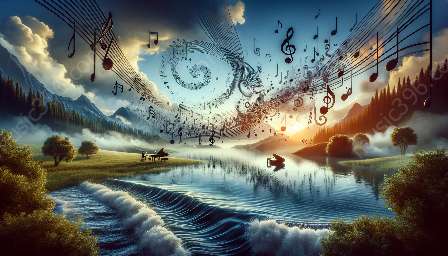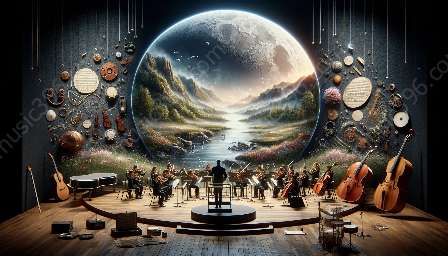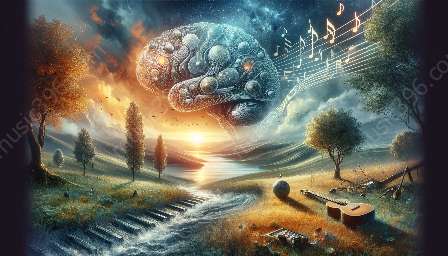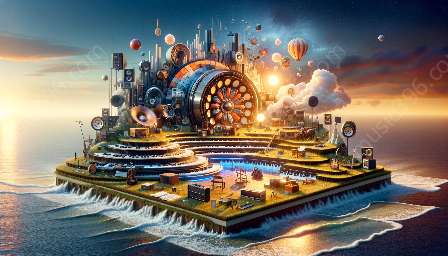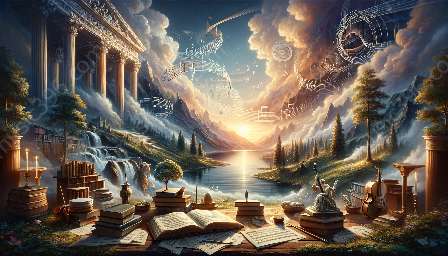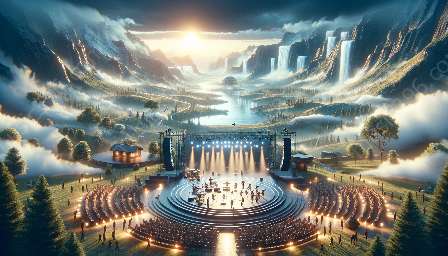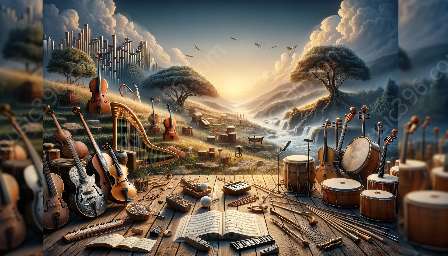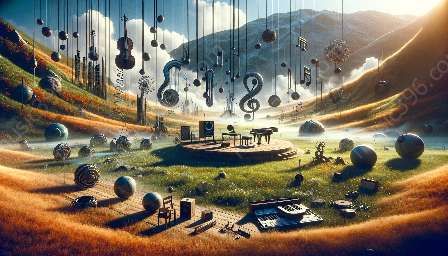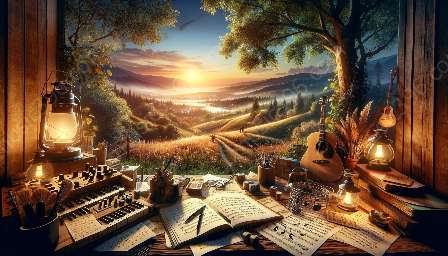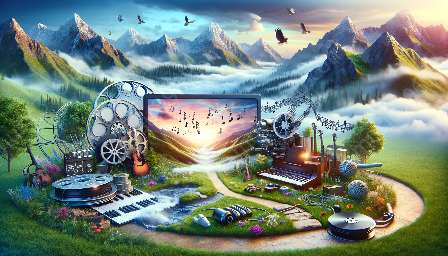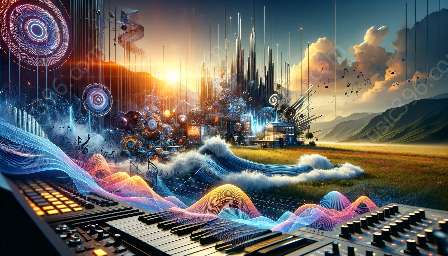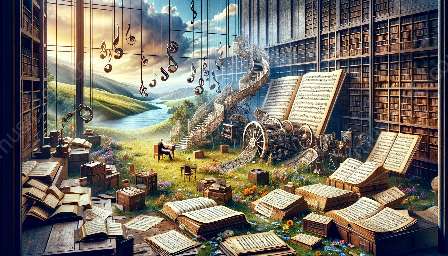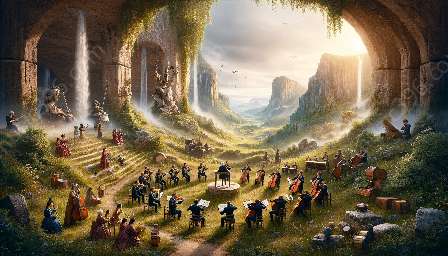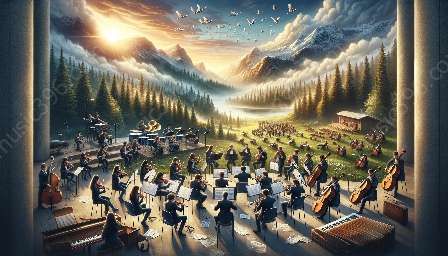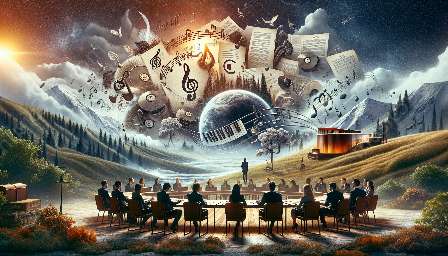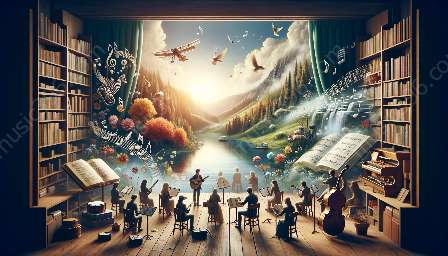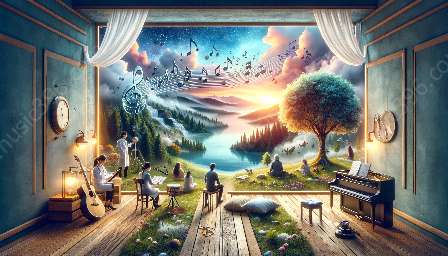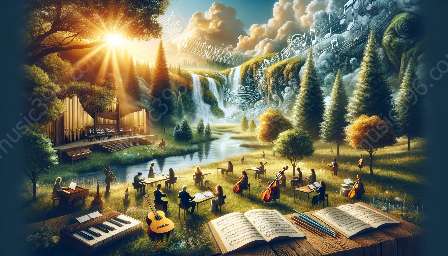The organ has a rich and storied history, with its development playing a significant role in the evolution of music. From its ancient origins to its modern-day incarnation, the organ has shaped musical traditions and provided a unique voice in countless compositions. In this exploration, we delve into the historical development of the organ, tracing its path through time and examining its impact on the world of music.
Ancient Origins
The roots of the organ can be traced back to ancient civilizations, including the Greeks, Romans, and Egyptians. These early iterations often featured basic air-driven mechanisms and served as precursors to the more complex instruments that would emerge in later centuries.
Medieval and Renaissance Periods
During the Middle Ages and Renaissance, the organ began to evolve into a more sophisticated instrument. Innovations in design and technology led to the creation of larger and more powerful organs, which found a home in churches and cathedrals throughout Europe. Organ music became an integral part of religious and secular life, with composers and performers exploring the instrument's capabilities in new and innovative ways.
The Baroque Era
The Baroque period saw a golden age for the organ, with composers such as Johann Sebastian Bach creating timeless masterpieces that showcased the instrument's versatility and expressive range. Organ builders continued to refine their craft, developing new mechanisms and stops that expanded the tonal palette of the instrument. The organ became a staple of Baroque music, leaving an indelible mark on the repertoire of the time.
19th and 20th Centuries
The 19th and 20th centuries brought further advancements in organ design and construction. Innovations in organ building and the introduction of new technologies allowed for the creation of organs with greater power and flexibility. The organ found a place in concert halls and secular institutions, expanding its reach beyond the confines of the church.
Modern Innovations
In the modern era, the organ continues to evolve, with builders and musicians pushing the boundaries of the instrument's capabilities. Electronic and digital organs have emerged as viable alternatives to their traditional counterparts, offering new opportunities for exploration and performance. Despite these technological advancements, the timeless appeal of the pipe organ endures, with many musicians and enthusiasts continuing to champion its unique qualities.
Significance and Impact
The historical development of the organ has had a profound impact on the world of music. From its early role in sacred ceremonies to its presence in concert halls and recordings, the organ has left an indelible mark on musical traditions. Its rich and varied history reflects the evolution of musical tastes and cultural practices, making it a vital component of music history and scholarship.
Conclusion
The organ's journey through history is a testament to the enduring appeal of this majestic instrument. Its development and evolution mirror the ever-changing landscape of music, and its impact can be felt in a multitude of genres and styles. As we continue to explore and celebrate the historical development of the organ, we gain a deeper appreciation for its significance in the world of music.











